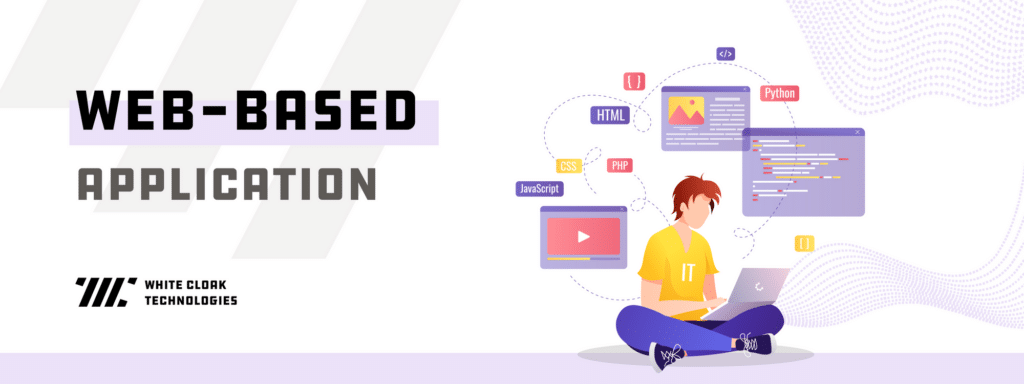A web-based application is a software or program that allows users to interact with a remote server through a web browser interface. When web applications are accessed on a mobile device it can be hard for users to spot the difference between web applications and mobile apps but there are subtle differences on the backend.
Although mobile web traffic is superseding desktop traffic, the latter still accounts for 43.5% of global internet traffic. This means that web-based applications are still an important channel for businesses to interact with their users.
Web Based Apps vs Native Mobile Apps
Native mobile applications differ from web apps because they are purposely designed to be installed and used on mobile devices. They are developed for specific mobile operating systems like Android OS or iOS. Typically, users can access the apps via app stores like the Apple App Store or the Google Play Store.
Native mobile applications can be relatively expensive to build and develop compared to web applications. It will also be necessary to build the application for iOS and Android which may increase the maintenance costs for the apps.
Despite native mobile apps being costlier than web-based apps, they provide inherent advantages like a more streamlined user experience, improved security, and access to system or device resources like GPS, camera, and biometrics to add an extra layer of security or functionality.
Web-based Apps vs Website
Web-based apps and websites are both accessible via web browsers which can make it hard for end users to differentiate between the two.
One of the key differences between a website and a web-based app is that websites mostly consist of static content that is designed to provide information to all website visitors. Typically, website users can read the content but not manipulate it. Web applications, on the other hand, are designed to interact with end-users. They allow users to read, write and manipulate content or data on the application. They provide a higher level of functionality compared to websites.
Examples of Web Applications
Typically web applications are used by cloud-based SaaS companies like Google’s Gmail web app and Shopify’s eCommerce web app. They are also used by other businesses such as Unionbank’s web banking platform.
Advantages of Web-Based Applications
- Platform Agnostic: One of the advantages of web applications is that they are platform agnostic which can streamline the development costs of the app. They can be accessed from any device or operating system through a compatible web browser.
- Quick Implementation: Web applications are inherently easier and faster to build compared to native mobile applications.
- Low Maintenance Cost: Developers can provide real-time updates to web applications compared to the tedious process on most mobile app stores. They are also easier to maintain because they have a common code base for both mobile and desktop browsers.
Developing Web Applications
Although the use of native mobile applications is rising because of the popularity of mobile devices, the usefulness of web-based applications cannot be discounted. It is still an important platform for businesses to provide services or products to their customers and end-users. They are relatively easy to build and inexpensive to maintain.
Need help in deciding whether to opt for a web-based application or a native mobile application? Talk to us today!
